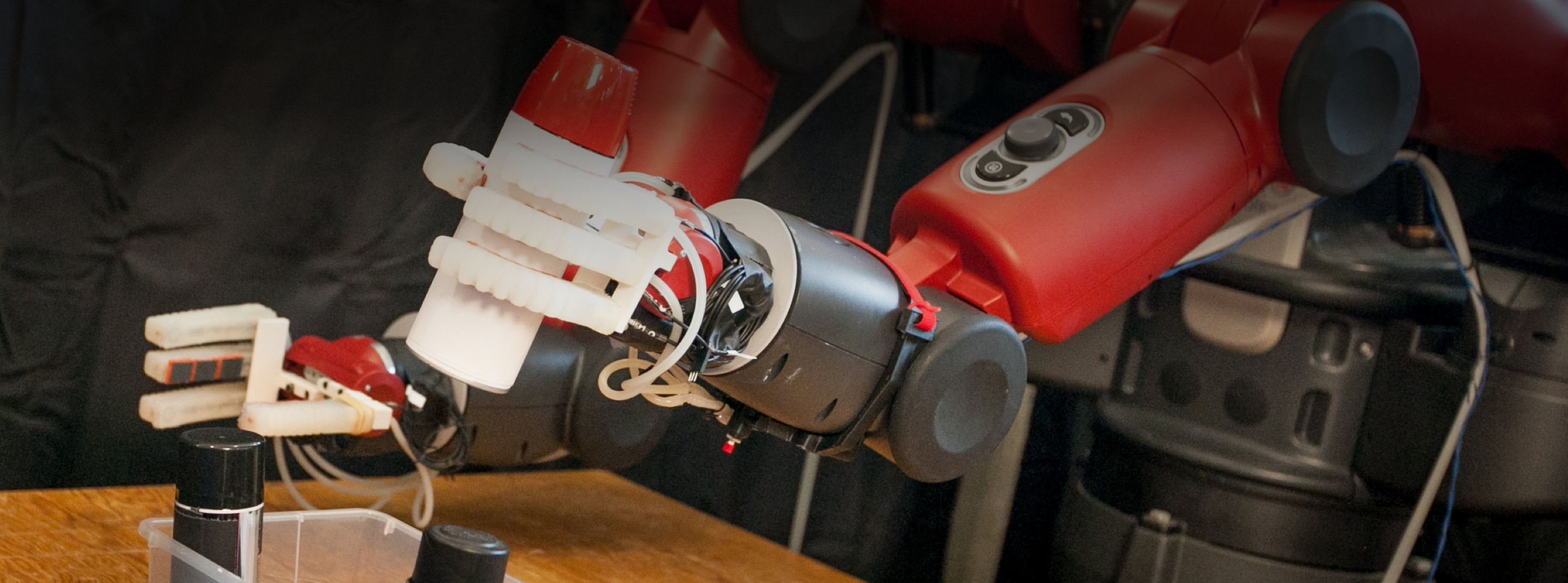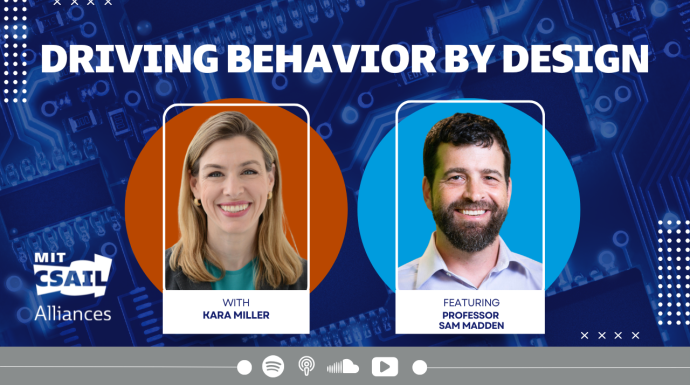Audrey Woods, MIT CSAIL Alliances | October 20, 2025
In the world of databases, declarative optimization is a powerful paradigm which allows users to present their data query in a common programming language—mostly SQL—and the system automatically finds an efficient way to process that request. Using this method, users don’t need to dictate exactly how to search a database, they only need to know what they want, the way mapping algorithms only need a final destination to provide the best possible route.
Working in the Data Systems Group (DSG) at MIT CSAIL, PhD student Matthew Russo seeks to apply declarative optimization to AI systems, offering efficiency, cost-effectiveness, and increased accessibility to AI system developers. Expanding on the success of the group’s flagship project Palimpzest, Russo is excited to contribute to the AI revolution by making AI optimization easier for all.
FINDING HIS INTEREST & THE DATA SYSTEMS GROUP
Even though Russo was exposed to computer science in high school through AP classes, when he started Cornell University as an undergraduate, he was primarily interested in physics and material science. “The transition ultimately happened when I went to a job fair and did not like the jobs available to physicists.” He also enjoyed the puzzle-solving nature of computer science and the “chance to have a really big impact in a relatively short time horizon.” Over the course of a bachelor’s at Cornell and then master’s at Stanford, both in Computer Science, he gravitated toward systems and machine learning. "Data Systems lies at the intersection of those two fields, which naturally led me to this research area."
Russo’s introduction to the DSG stems from his time working in industry at CSAIL spinout Cambridge Mobile Telematics (CMT), founded by CSAIL Professors Hari Balakrishnan and Sam Madden. While there, Russo “enjoyed the challenges of building frameworks to support deep learning for novel workloads,” and realized that the interesting work in that area was happening in academia. He worked on his master’s part-time and then, wanting to focus more on this work, applied for PhD programs. “Of the places I got in, MIT was the best and I thought the DSG itself was very special.” It also offered him a chance to work with Professor Madden, who he’d met through CMT and co-runs the DSG.
Russo is advised by CSAIL Associate Professor Tim Kraska, but the collaborative nature of the research group means all the associated faculty “pitch in and co-advise on project ideas, research proposals, and paper writing.” Professor Kraska, Professor Madden, Adjunct Professor Michael Stonebraker, and Principal Research Scientist Michael Cafarella all “have a unique perspective and bring fresh ideas to the table, so it’s a very good environment to challenge yourself in and an ideal situation for a PhD student.”
RESEARCH: OPTIMIZING AI SYSTEMS
Russo says, “The most succinct way I can pitch my research is that I’m trying to make new AI systems as high-quality and cost effective as possible.” This breaks down in two ways: First, given the quality that a potential user might need from an AI system, what’s the lowest possible cost to build it? Second, given a budget to design and build a system, what’s the best way to maximize that investment? To answer these questions, Russo and his colleagues in the DSG are leveraging classic ideas from data management systems like declarative optimization to create tools that apply those methods to AI design.
The first paper presenting Palimpzest in 2024 outlined a vision for a system which would allow users to declare what they want their AI system to do and then go "under the hood and apply a set of optimizations specific to their system and workload—with the goal of getting high quality outputs quickly and at low cost." Soon after, Russo and his fellow researchers presented a second paper which “enhanced the optimizer, making it a lot more principled, flexible, and general purpose for optimizing a wide array of workloads.” Palimpzest now offers a quick and effective way for users to choose which models, inference methods, prompt designs, etc. are best for a given project and adjusts based on the available technology and the parameters of the user, democratizing the AI creation process.
One of the major challenges of this work is the inherent difficulty of defining “optimal” in an AI setting. Unlike in databases where there are more clear-cut heuristics for success, creating the best possible summary of documents, for example, is subjective and open to interpretation. Fortunately, new options are emerging to provide guidance during optimization. For example, AI systems which generate code can use unit and integration tests to automatically verify and evaluate code quality. In manufacturing, where workers use high power simulators to check if a proposed design for a 3D part will be successful, these same simulators can be used to optimize AI systems that generate part designs. Russo explains that, going forward, automated optimization with powerful, trusted verifiers could generate more immediately applicable and verified solutions.
Another challenge the Palimpzest researchers are working on is staying on top of all the new models, methods, and ideas popping up in the AI space. A critical element of their vision is that the system would automatically incorporate the best and most up-to-date tools without requiring the user to re-write their code or make a new query. “The magic of declarative optimization is that the user’s interface is very simple, does not need to change, and all the fancy bells and whistles are abstracted away from the user.” But this means staying on top of best practices and highest-performing models, which involves significant system upkeep and efforts from the whole DSG group.
Broadly, Russo is working on overcoming the current limitations of Palimpzest, exploring the constraints of declarative optimization to make it more freeform and widely useful while also giving developers the level of fine-tuned control that will make them more likely to use and trust the tool going forward.
FUTURE PLANS: STRIVING FOR IMPACT
While Russo would eventually “love to become a professor,” he’s in the early stages of his PhD and is keeping options open. Palimpzest and the related technologies emerging from that work have startup potential and Russo is most excited about “taking our ideas and applying them to the larger space of AI systems, continuing to grow our ability to be useful to a lot of different AI developers.”
The big thing that motivates him is the “once in a professional lifetime technical advancement” that AI represents, something that he feels lucky to capitalize on. “The internet was a huge catalyst for change, and, objectively, I think one can see a path by which AI could have a similarly transformative effect on the world.” While he acknowledges that optimization is a “sliver of the space,” he concludes, “ What really gets me out of bed in the morning is the thought that I could potentially make my mark on some part of this AI revolution that’s in flight. That’s all I’m hoping for.”



